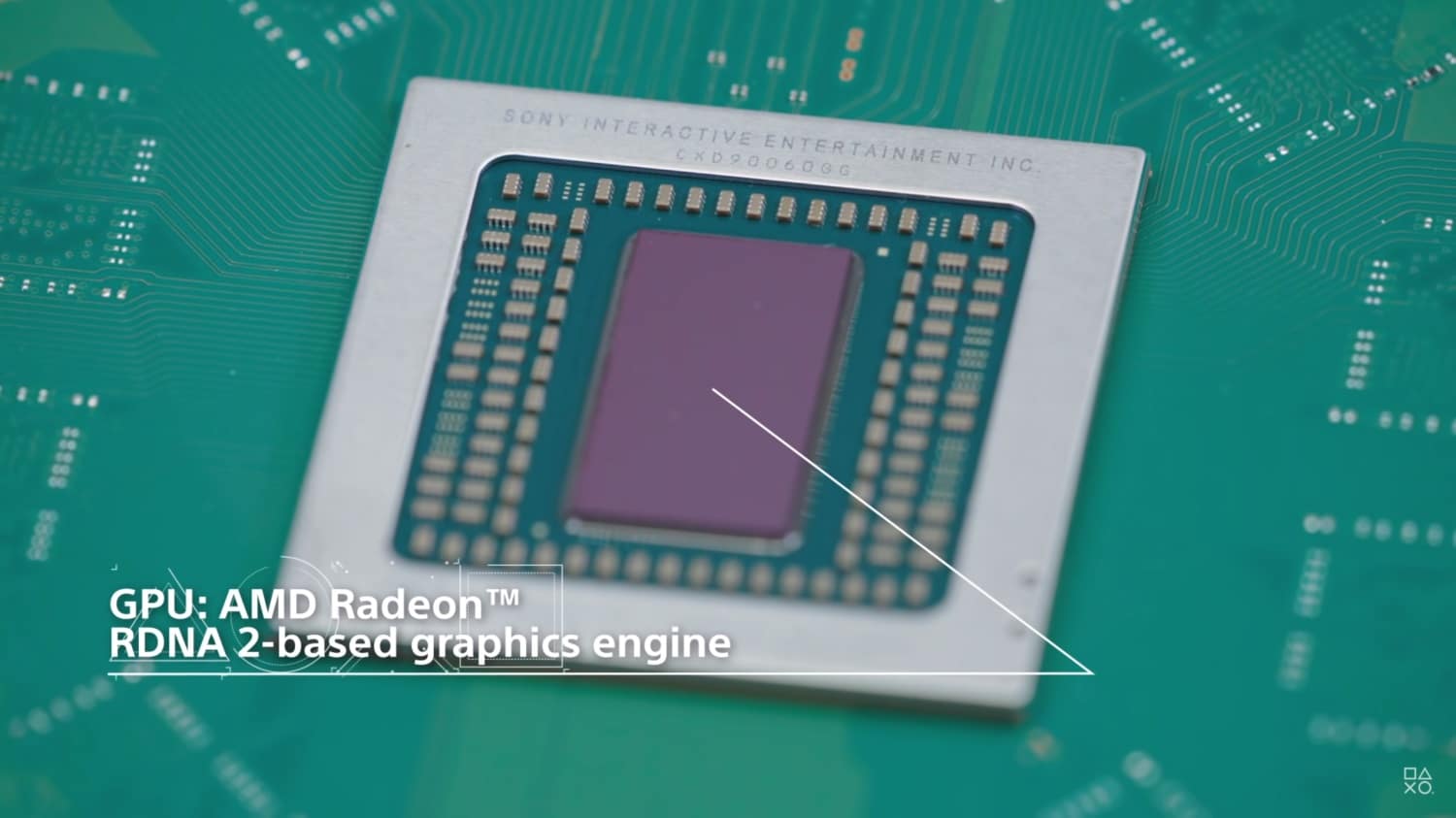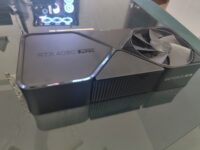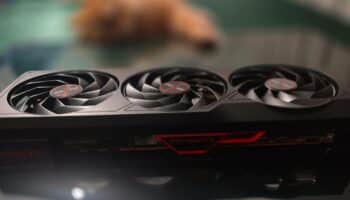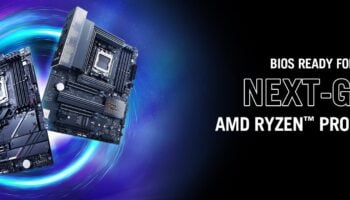The first concrete details on the Sony PS5 Pro console were leaked last week. As reported, the mid-generation refresh focuses on ray-tracing performance while offering a decent uplift in rasterization. Ray traced games will allegedly be 2x to 3x faster on the PS5 Pro, while standard rasterization will be 45% faster than the vanilla PS5. An AI accelerator has also been included which (together with the GPU) offers 67 TFLOPs of half-precision or 300 TOPs of 8-bit compute throughput.
The PS5 Pro CPU: Overclocked Zen 2
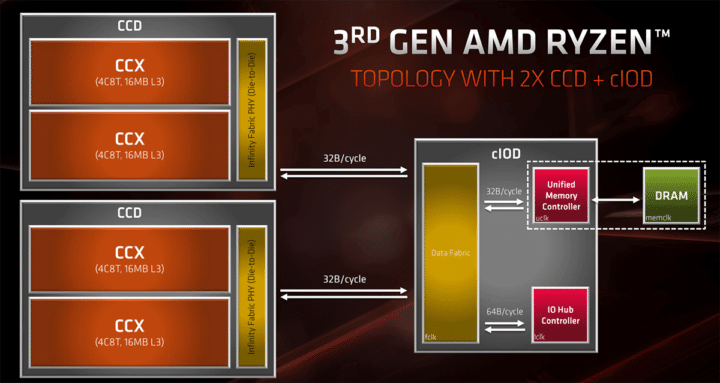
The PS5 Pro will retain the Zen 2 CPU powering the PS5, but it’ll feature a “High CPU Frequency Mode,” which as the name suggests, runs the cores at higher clocks (3.85GHz to be specific). To facilitate this, the CPU’s power budget is increased at the cost of the GPU which is downclocked by ~1.5%.
Main Memory: A Modest Bump
The PS5 offers a memory bandwidth of 448GB/s. The Pro variant ups it to 576GB/s, an increase of 28% with more efficient compression formats.
GPU: RDNA 2 with Hints of RDNA 4
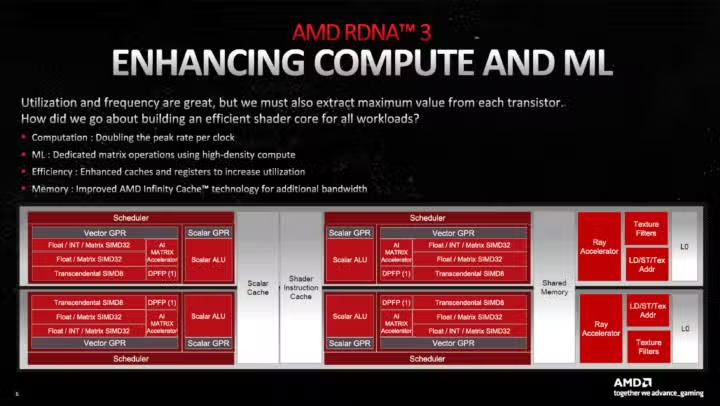
The PS5 Pro GPU will be 45% faster than the PS5 in standard rendering workloads while offering a 2x to 3x improvement in ray tracing. On paper, it delivers a single-precision (FP32) throughput of 33.5 TFLOPs, up from just 10.28 TFLOPs on the PS5. Considering that the console leverages parts of RDNA 3 IP (dual-issue), this figure is likely much higher than the average throughput.
The PS5 Pro leverages PSSR (PlayStation Spectral Super Resolution) to boost frames. It utilizes machine learning, a neural network to enhance the underlying temporal upscaler. Like DLSS 2, a common network is used for all games rather than using a separate implementation for individual titles.
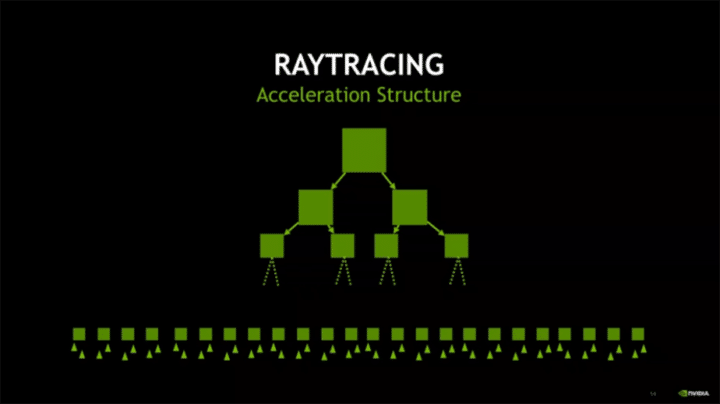
The PS5 Pro GPU features an RDNA 3 GPU with features of RDNA 4. The source indicates that it consists of 30 WGPs (60 Compute Units or 3,840 shaders) with BVH8 traversal shaders (ray tracing accelerators), up from 18 WGPs (36 Compute Units or 2,304 shaders) with BVH4 traversal.
Here’s the difference between BVH4 and BVH8 shaders: AMD’s ray-tracing pipeline includes the texture units that are used for ray-box/ray-triangle intersection tests.
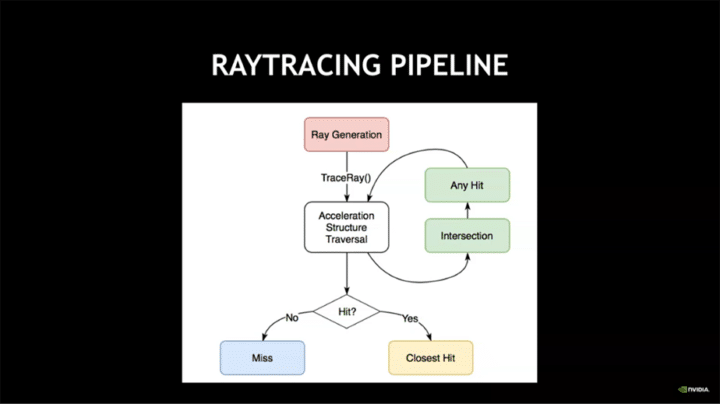
In RDNA 2 and RDNA 3, each box node running on a texture unit can handle 4 ray-box intersections (or 4 ray-triangle intersections) per cycle. RDNA 3 uses certain instructions to improve it, but this is the base figure.
The PS5 Pro GPU leverages compute units capable of BVH8 (8 ray-box intersections per cycle), twice as much as the PS5 and Radeon RX 7000 GPUs. This is where the 2-3x ray-tracing performance uplift comes from. NVIDIA’s RTX GPUs offload the ray-box/ray-triangle intersection tests to the RT Cores, but AMD RDNA 2/3 designs utilize the SIMDs (shaders and texture units).
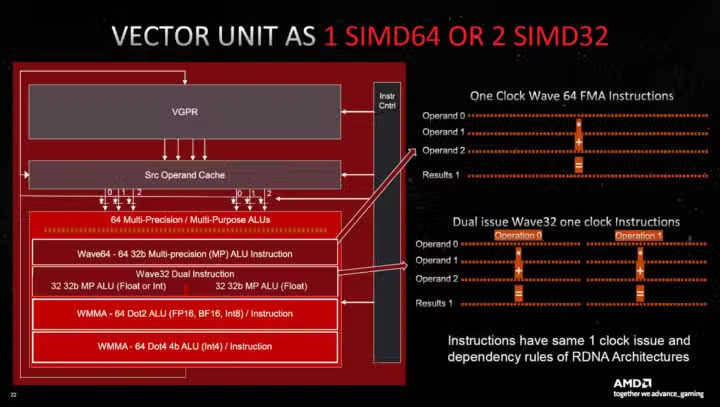
Via: Insider Gaming.
